It’s been awhile since I’ve been able to hit the blog. Not from laziness, but because I’ve been so mentally exhausted by the time I get home. Our robotics team is gearing up for regional tournaments, I’ve had to use most my preps going to doctors (nothing serious, just specialist follow-ups who have limited schedules), and haven’t really had a chance to use my preps as actual preps. It’s been a little bit crazy and like all teachers, certain things have fallen to the back, back burner and the to-do list has really become a “get what you can” list. I am excited to share what has been pondering my mind because SURPRISE, I want to change my action plan and my ideas have changed to something different. I am so excited to share all the changes and mind-shifting that has occurred in the last two months. I can’t do that all in one blog post, but I guess I’ll document as much as I can before our third F2F. I still have more things I’d love to share–but one at a time. Breathe and let’s dive into today’s main idea: 20/20 vision.
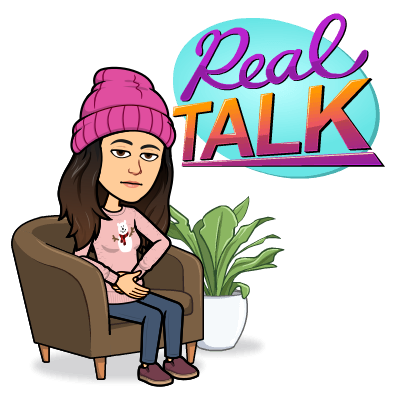
Most of you know, at the end of 2019, I got laser eye surgery–so theoretically, I have 20/20 vision. Well, I’ve been thinking lately as I have been talking to my classes about my Cohort project and looking at my classroom and culture, I’ve shifted my mindset and outlook again. A couple years ago I did my Masters in teaching culture around mental health. I mainly studied building classroom culture that provides a safe space for students to talk about their mental health. This does not necessarily mean a discussion or awareness on mental health illnesses, but more about how self awareness of their mental health may support their learning. My focus was on mental health awareness and language, but all at the individual classroom community level. That being said, I felt I needed some actual teaching experience first, before I got too wrapped up in it all. Practice makes perfect, right?
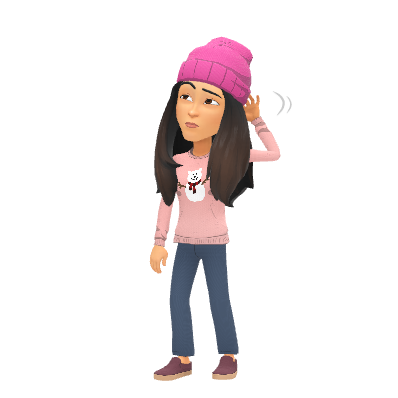 Fast forward to now, I originally wanted to look at classroom community around science literacy–developing growth mindset and a mindset to fall forward that motivates and curates a curiousity in the sciences. Turns out, with an overwhelmingly large number of feedback, my students consistently all commented on how their favourite thing about our class was our community; that was positive, uplifting and a place they felt safe to talk about their mental health. As I kept reading survey after survey, I kept getting similar messages about the “safe and supportive environment” these students felt. I kept getting similar themes of students talking about how happy they were to talk about their anxieties openly in class and where their mental health was on a specific day. Then I got thinking…
Fast forward to now, I originally wanted to look at classroom community around science literacy–developing growth mindset and a mindset to fall forward that motivates and curates a curiousity in the sciences. Turns out, with an overwhelmingly large number of feedback, my students consistently all commented on how their favourite thing about our class was our community; that was positive, uplifting and a place they felt safe to talk about their mental health. As I kept reading survey after survey, I kept getting similar messages about the “safe and supportive environment” these students felt. I kept getting similar themes of students talking about how happy they were to talk about their anxieties openly in class and where their mental health was on a specific day. Then I got thinking…
How might we support teachers to create classroom environments where students feel mentally safe to express their socio-emotional health and support pathways of emotional growth?
How did I loop back from my new idea to back where I started when I first became a teacher!? I guess I made a full circle back to where I originally started. I sort of laughed to myself because I had this passion, got discouraged, started slowly building confidence again and somehow ended up here–back to the beginning. I guess in the end, it went back to my genuine self…and we all know, that’s always been the case for building a strong classroom community.
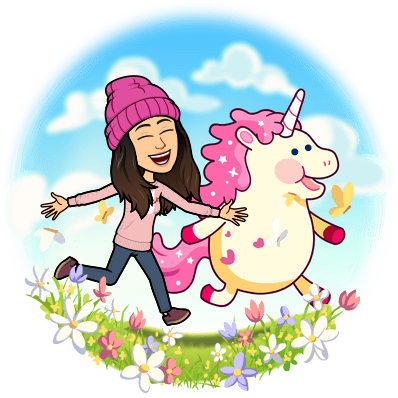
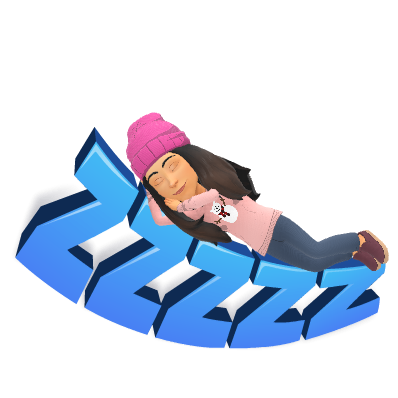
This is how I ended 2019. Then, I jetted off to the holidays and averaged about 10-12 hours of sleep. Yes, I am a sleeper. Even so, as the holidays went on and my Instagram feed kept filling with 20/20 vision, and I kept thinking: IS EVERYONE GETTING LASER EYE SURGERY?! Then I realized–oh, it’s a new internet trend. Whooops…
So 20/20 vision–what does that mean? What does that look like? I started thinking about the idea of how much we don’t see in our students. I hate relating to myself because I am not the only person who has every experienced this, but I also don’t feel like I can speak for anybody else. The impression I often hear that I make on people is that I am excitable, bubbly, friendly and talkative. This then easily lends itself to characteristics like enthusiastic, talkative and happy. This then leads to the many similar quotes and phrases I’ve heard way too many times:
- You can’t actually be an introvert, you’re so social
- You don’t REALLY have an anxiety disorder, you are so talkative and outgoing
- You can’t have social anxiety, you always meet so many people
- You can’t have trouble processing speech, you are so smart and do well on exams
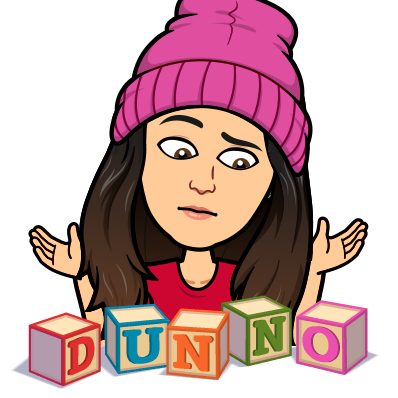
I don’t know where to start, but these are things I consistently heard in life. I look back at my learning as a student and from the teacher’s lens, it makes a lot of sense why and how I struggled the way I did. I am such a product of my upbringing and the school system that it’s extremely fascinating to me. I have trouble processing concepts when they are spoken to me. Now, generally if instructions are short, I can still follow but if someone is explaining a scientific concept, or really, any concept to me, I cannot follow. Even with great body language and excitement, I cannot follow. University lectures and teachers explaining concepts were the hardest learning challenge I had to face. I could not follow or comprehend or process any of it. I was confused all the time. 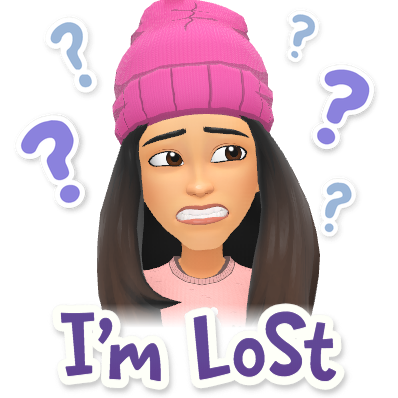
Emotionally, that was hard. I grew up in an academically driven family that did not like to discuss learning disabilities. I felt so ashamed that I couldn’t understand things when people were talking and felt like I was broken, or something was extremely wrong with me. I felt like I couldn’t admit it openly because I wanted to please everyone. I never expressed confusion in class and went home to learn things on my own, hiding in my bedroom or my play room. I became pretty good at figuring things out; I was good at reading diagrams myself, reading books myself and working one-on-one with my friends. I figured out what worked for me. I felt so weird that I had to hide under my blankets and read through library books or pictures my friends drew to learn everything that the teacher taught that day. I didn’t and couldn’t understand why I didn’t understand the teacher. This cycled a lot to feelings of anxiousness and concern at why I was unable to learn. I have a strong memory, so once I learned something, I could remember it fully, but to actually learn something for me was so difficult. This really shapes my practice now because I always think: what activity or visual method would make younger me understand this scientific concept? Or in our design thinking HMW questioning: how might we create lessons where students can understand that all learners are different and how might they be supported to accept that it is okay that everyone learns differently? Acceptance, culture and open-mindedness. This is what I want to focus on in my Action Plan going forward, including the mental health theme (I will divulge in this in my next post. That topic deserves it’s own highlight).
So much of how I grew up in the education system supports how I teach today. I am constantly thinking about how many people must learn differently in my classes and how I might address these various avenues without bringing attention to their learning differences. I want students to feel that no matter their learning style, I am here to support and help them, trying to find the best avenue possible to success (for who they are). I never admitted any of my processing difficulties to my teachers and I recognize that many students will not admit their struggles either. That’s okay–I don’t need to be their main support avenue. However, I still want them to feel like if my class jives with them, that is a home that they can come to and feel accepted as who they are–personality, learning ability and mental state. I would like to really focus on students feeling mentally safe to explore many avenues, to take risks and be themselves.
Let me just insert my new HMW question here one more time:
How might we support teachers to create classroom environments where students feel mentally safe to express their socio-emotional health and support pathways of emotional growth?
Further reading:
For next time: mental health in the classroom, how running taught me to accept my anxiety, how my concussion made running hard for me, and the bounce back.

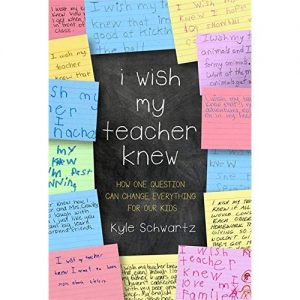
@maylu
We love action plan pivots!
If you look at this year AP list you will see some very similar projects. @estewart is playing in this space over at Montcrest using http://www.thirdpath.ca/ as the framework for their entire wellness/mental health approach. Definitely talk to her on Friday
“How might we support teachers to create classroom environments where students feel mentally safe to express their socio-emotional health and support pathways of emotional growth?”
Such a worthy action plan.
Over at the York School we are using https://www.rulerapproach.org/ as our common language. Some really interesting work and tools to help surface the emotions of our staff, student and community. The book “Permission to Feel” is brilliant.
I’m looping in your team so they are all aware of the change
@nblair @jbairos @mwilcox @amacrae
YAYAYAY! I can’t wait to hear more about your change – sometimes, it’s the iterations that really get you thinking and are really where you need to focus.